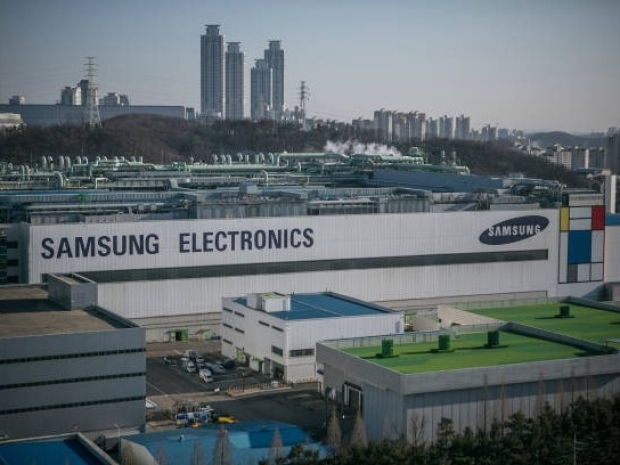According to the Financial Times number crunchers at Samsung blamed US export restrictions on AI chips bound for China and a failure to secure Nvidia as a key HBM3E customer.
The company said its device solution division saw a "decline in profit due to inventory value adjustments and the impact of US restrictions on advanced artificial intelligence chips for China."
It reported that its foundry business suffered from low utilisation rates and those same restrictions.
Senior analyst Ryu Young‑ho at NH Investment & Securities remarked: “HBM revenue likely remained flat in the second quarter as Chinese sales restrictions persist and Samsung has yet to ship HBM3E 12‑layer chips to Nvidia.”
Although Samsung began shipping HBM3E to AMD and Broadcom, approval from Nvidia is still pending. Meanwhile, rivals SK Hynix and Micron are capitalising on the surge in AI‑driven memory. SK Hynix shares have surged almost 60 per cent this year, compared with Samsung’s modest 20 per cent rise.
Samsung disclosed analysts estimate it lost more than €2.49 billion in its foundry business during the first half, hindered by poor yields and stiff competition from TSMC. The company is hopeful a recovery is on the way, expecting demand to gradually improve in the second half.
The stronger Korean won (up about seven per cent against the dollar) combined with US tariffs against TVs and appliances is also eating into profit margins.
A DS Investment & Securities report cautioned: “What counts most is its HBM supply to Nvidia and the overall chip demand recovery. Earnings will probably rebound in the third quarter after hitting the bottom in the second”.
Samsung is eyeing a comeback in smartphones with a launch of thinner foldables in New York later this week, trying to regain market share after falling from 54 per cent to 45 per cent, despite global foldable shipments rising 12 per cent to 17.2 million units last year.

